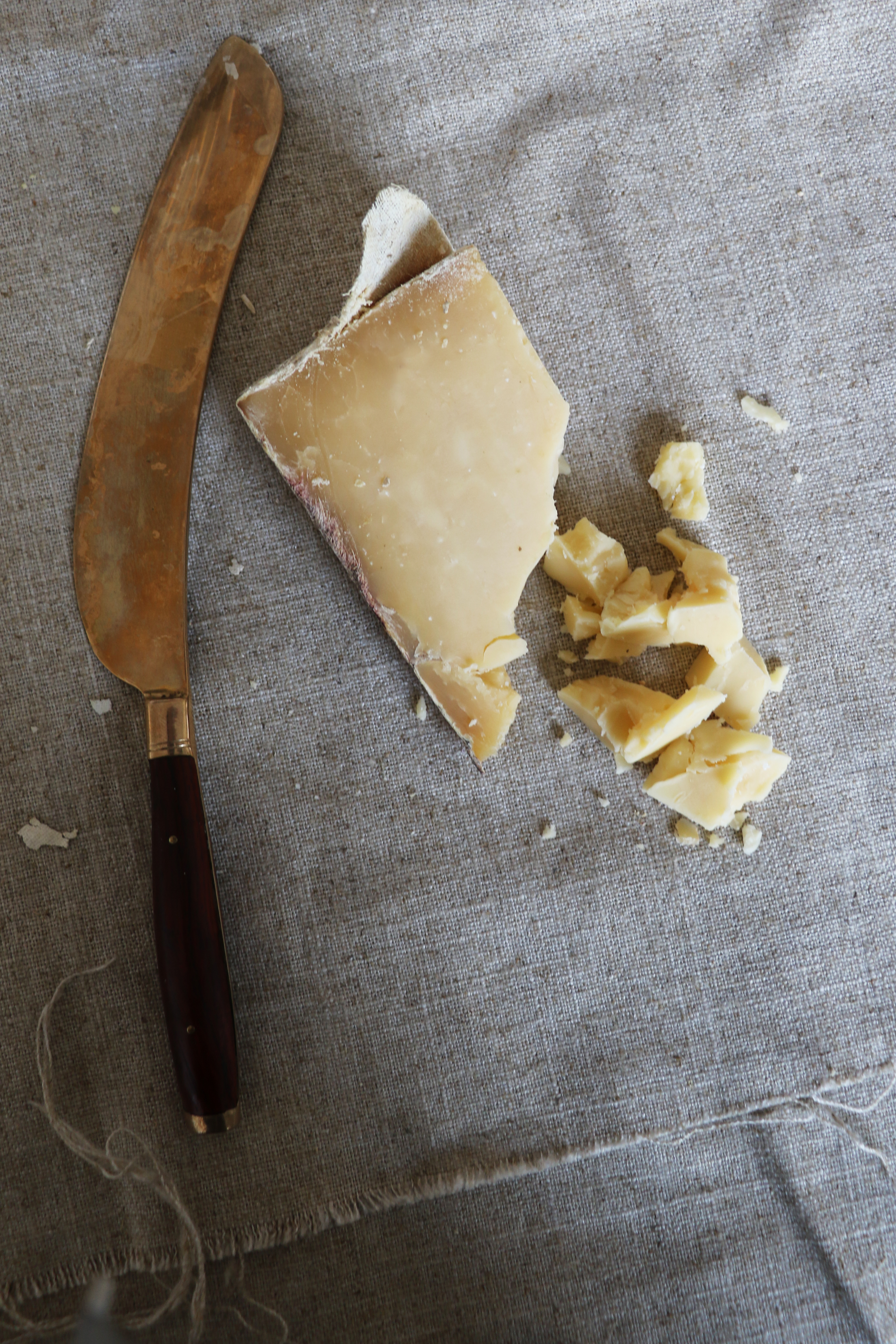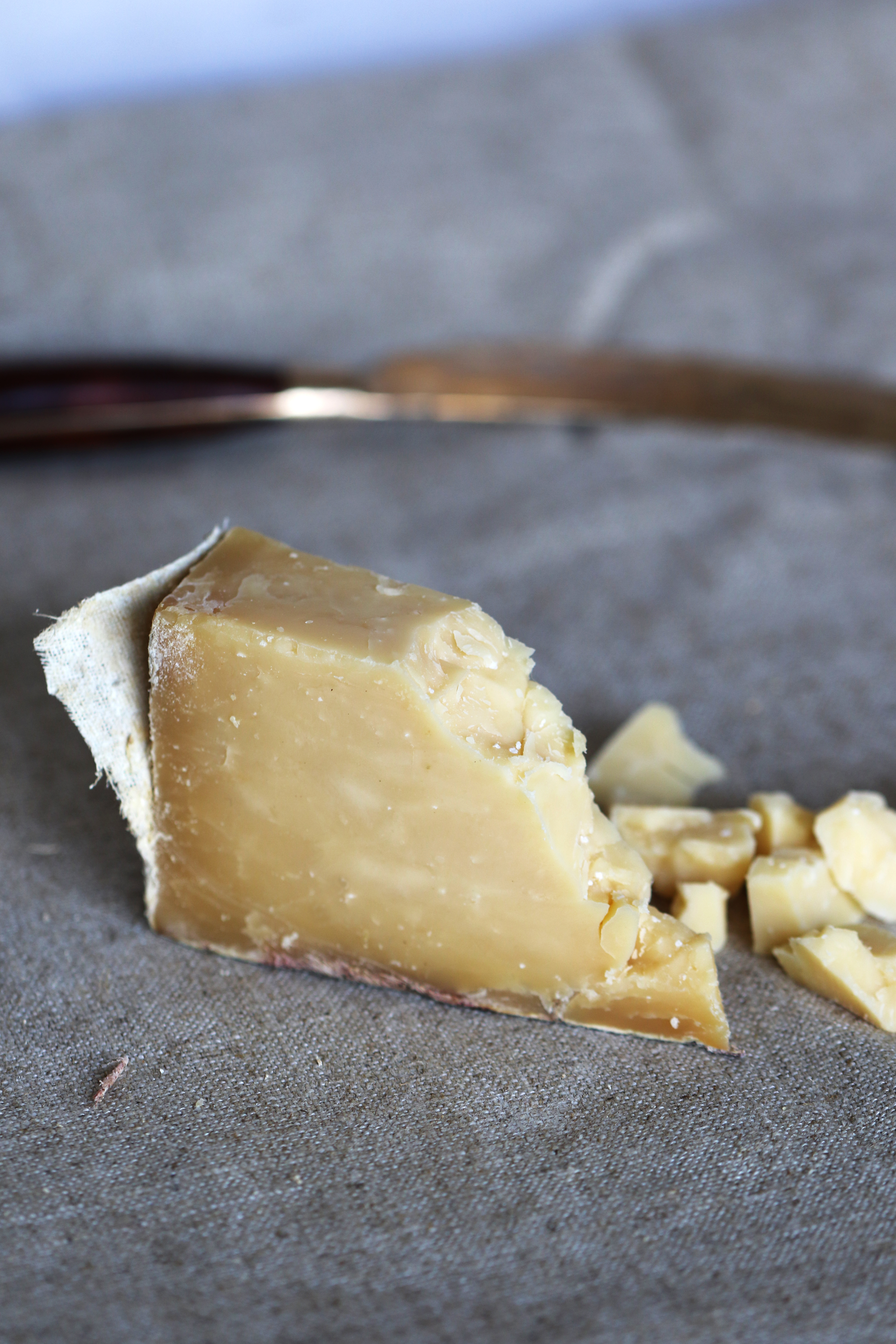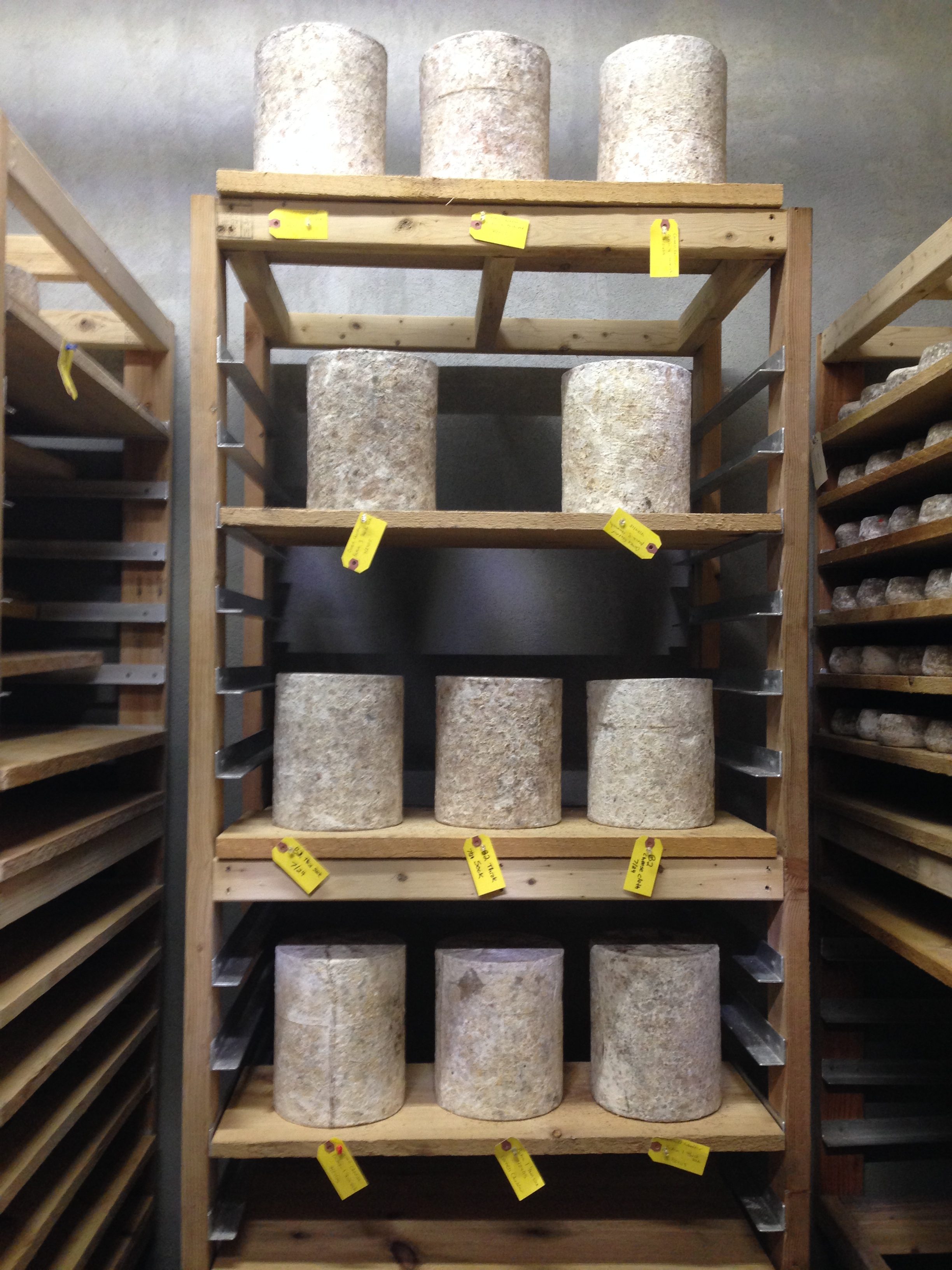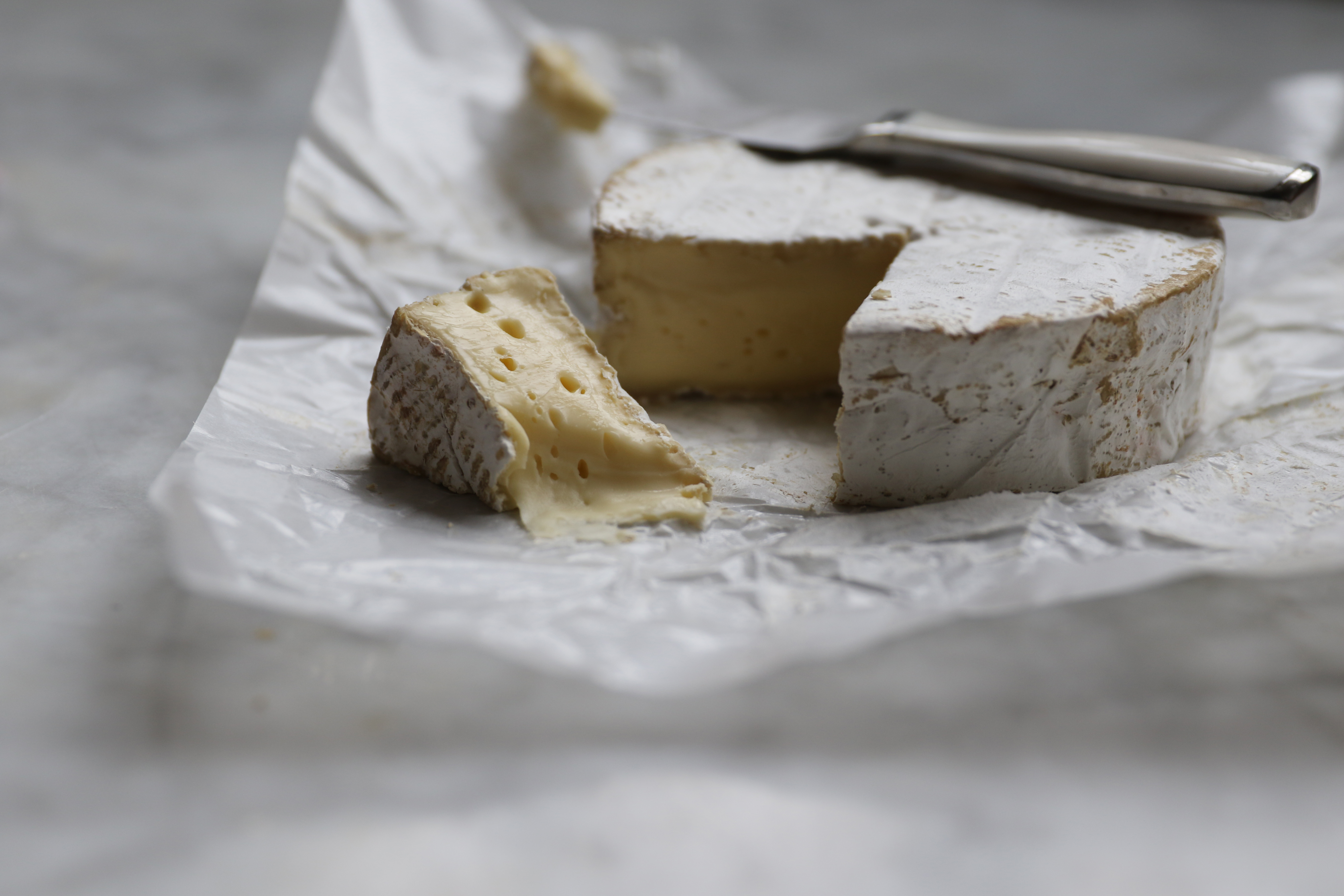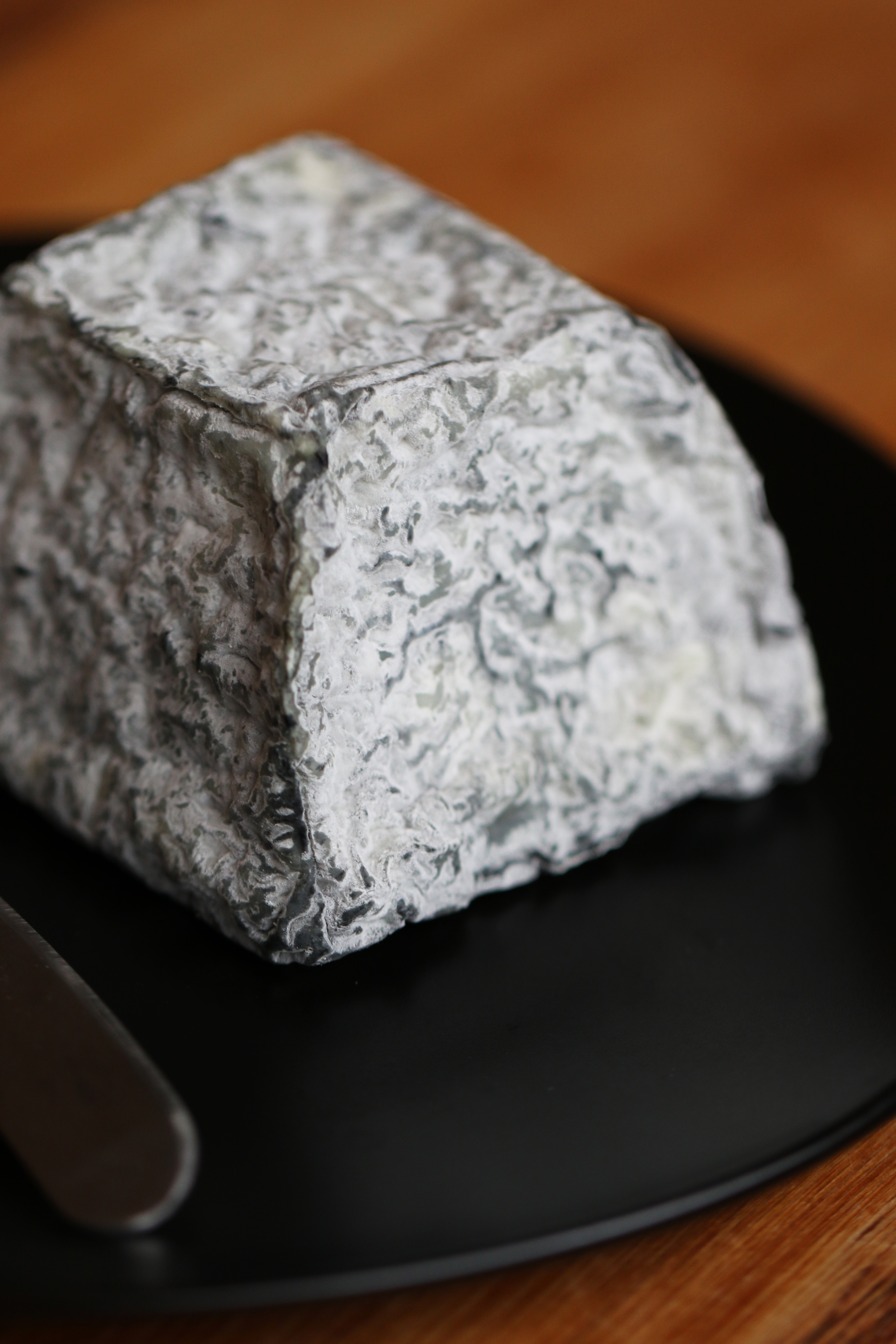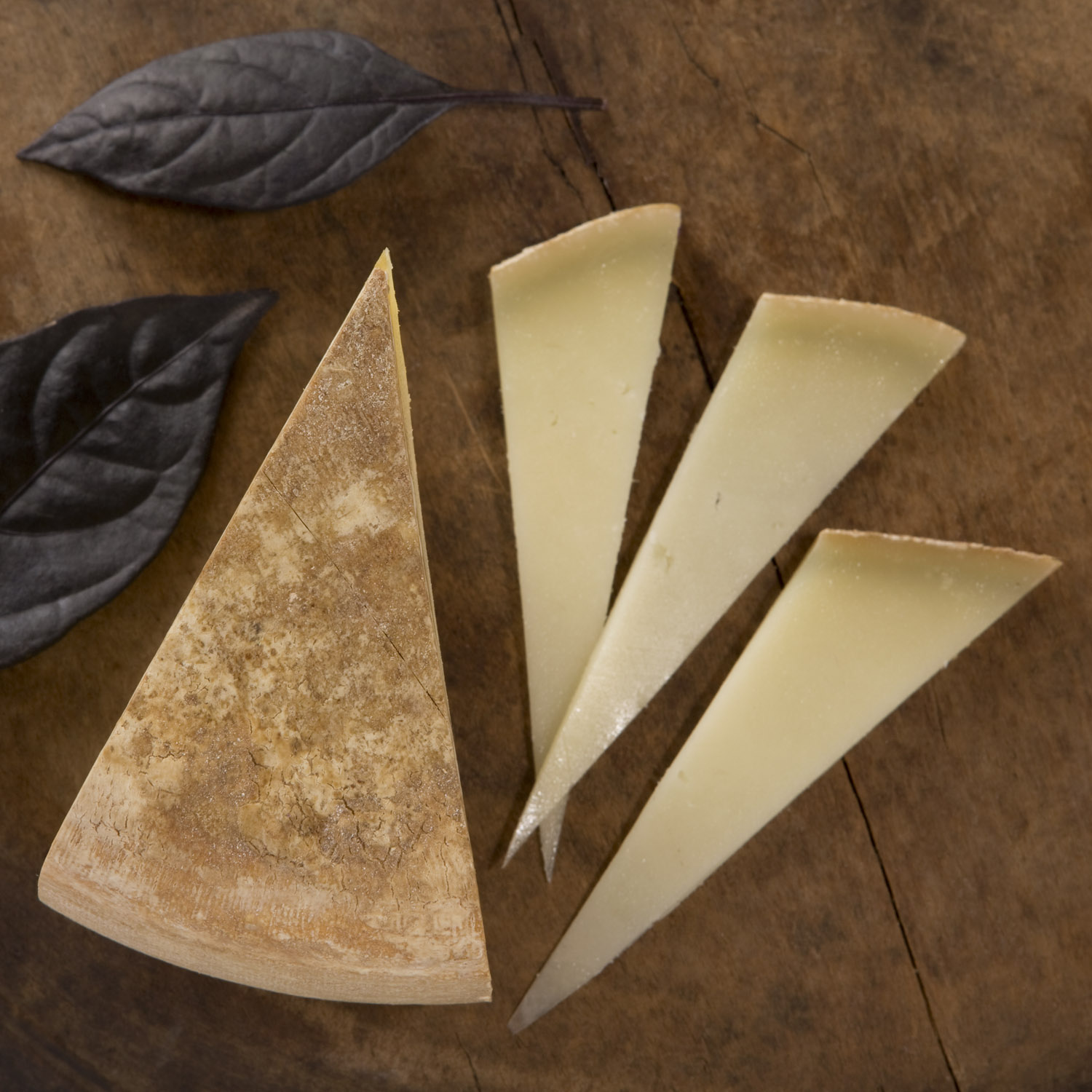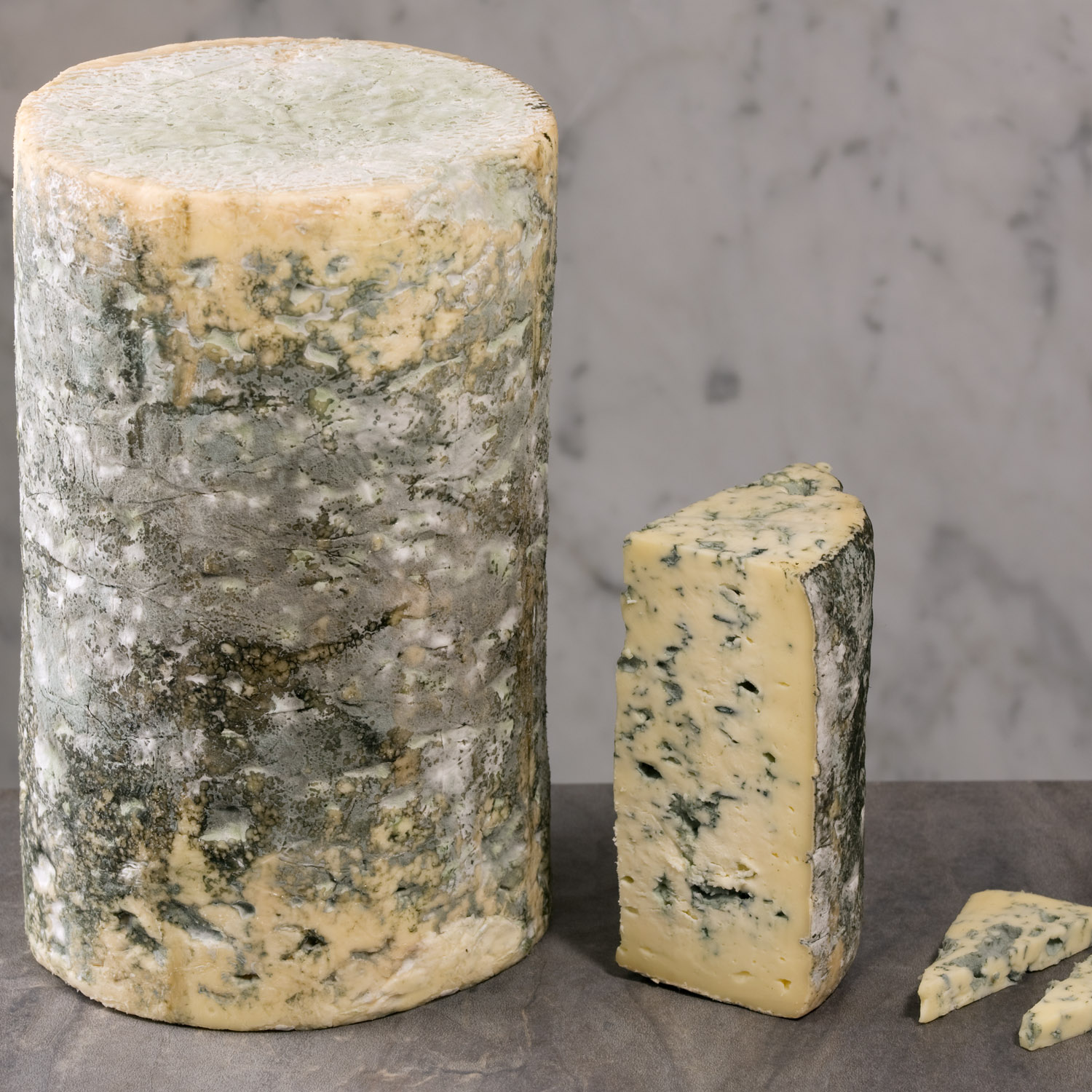Scotch whisky is every bit as diverse, intricate, and nuanced as cheese, so it helps to know which whiskies go best with which cheeses. With that in mind, we partnered up with our pals at The Macallan to put together this definitive guide for pairing their whiskies with the best possible cheesy companions. Without further ado, we present The Macallan Whisky & Cheese Pairing Guide:
Triple Cask Matured 12 Years Old
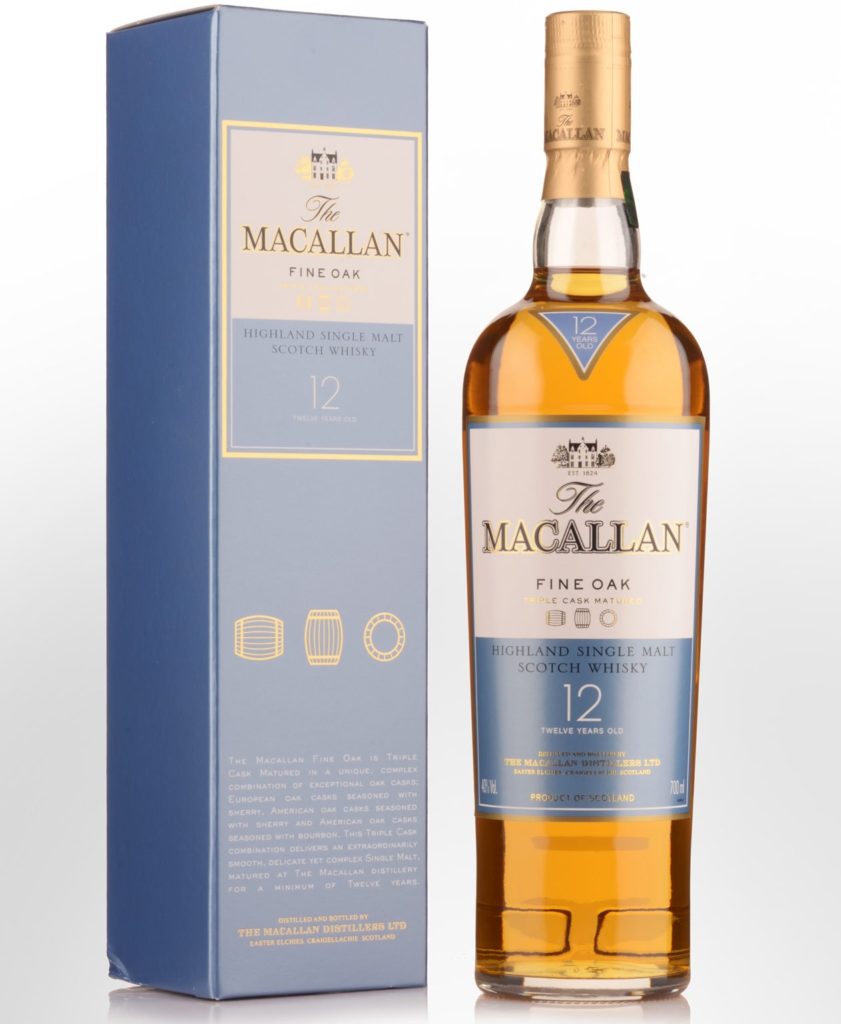
Nose: Complex with a hint of fruit and heather honey
Taste: Soft and malty, balanced with oak and fruit
The Perfect Pair: An extra aged gouda, such as Roomano
Here’s why: Triple Cask Matured 12 Years Old’s unique and complex honey sweetness enhances the caramel and toffee notes for which this cheese is so beloved.
Also pairs well with:
– A classic Comté , such as Murray’s Comté
– A creamy cheddar, such as Milton Creamery Prairie Breeze
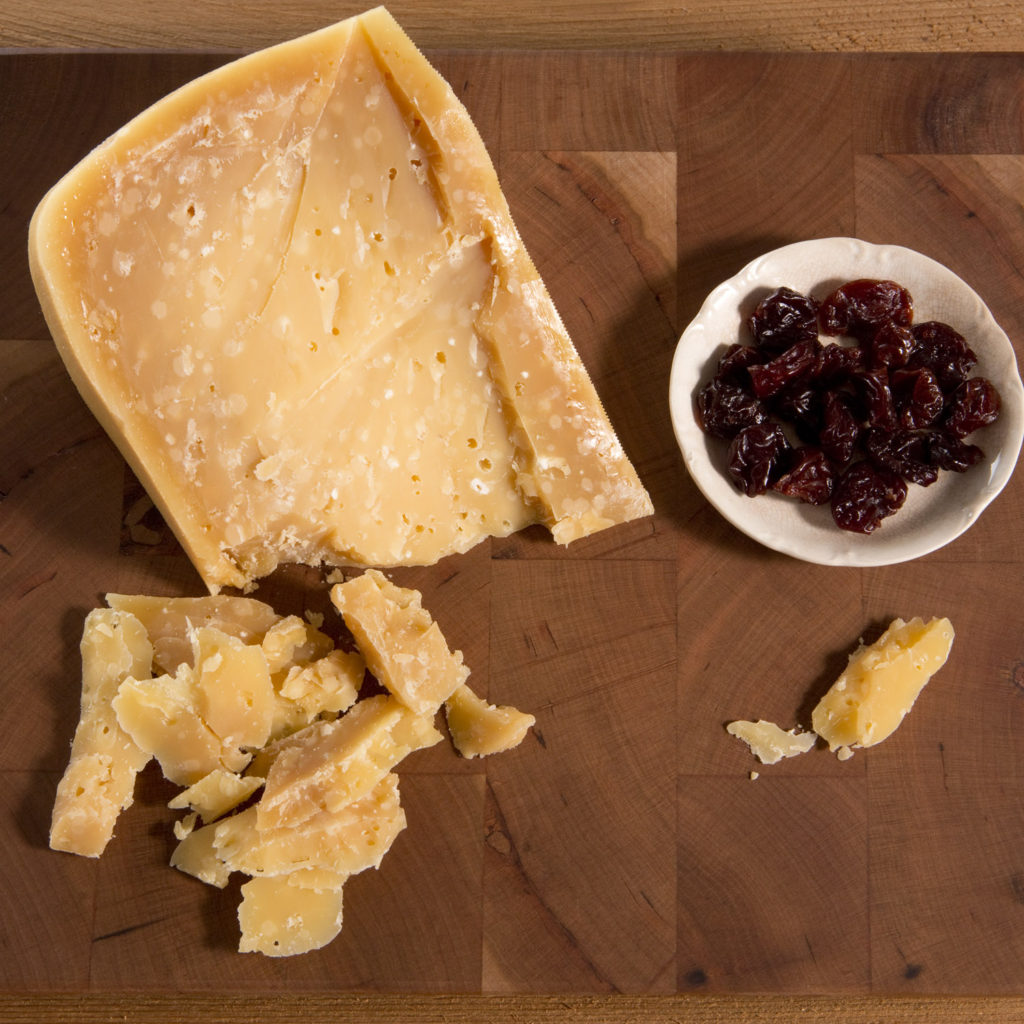
Double Cask 12 Years Old
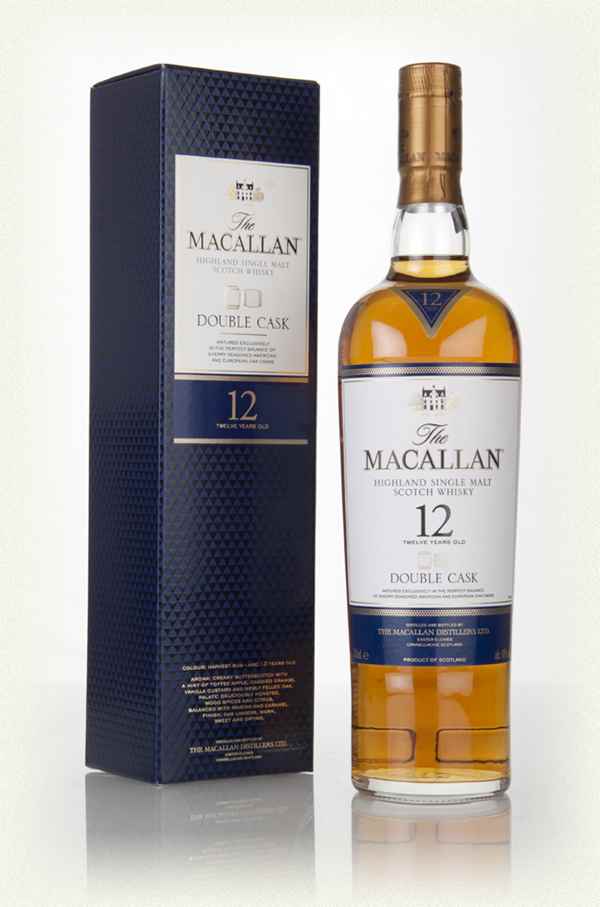
Nose: Creamy butterscotch, candied orange, vanilla custard
Taste: Honey, spices, and citrus, balanced with raisins and caramel
The Perfect Pair: A young manchego, such as Murray’s Young Manchego
Here’s why: This sheep’s milk cheese is rich yet mellow, cutting through the citrus and spice notes within Double Cask 12 Years Old while enhancing the notes of honey and vanilla custard.
Also pairs well with:
– A French sheep’s milk cheese, such as Brebis du Haut-Bearn
– An earthy, truffled pecorino, such as Murray’s Pecorino Tartufello
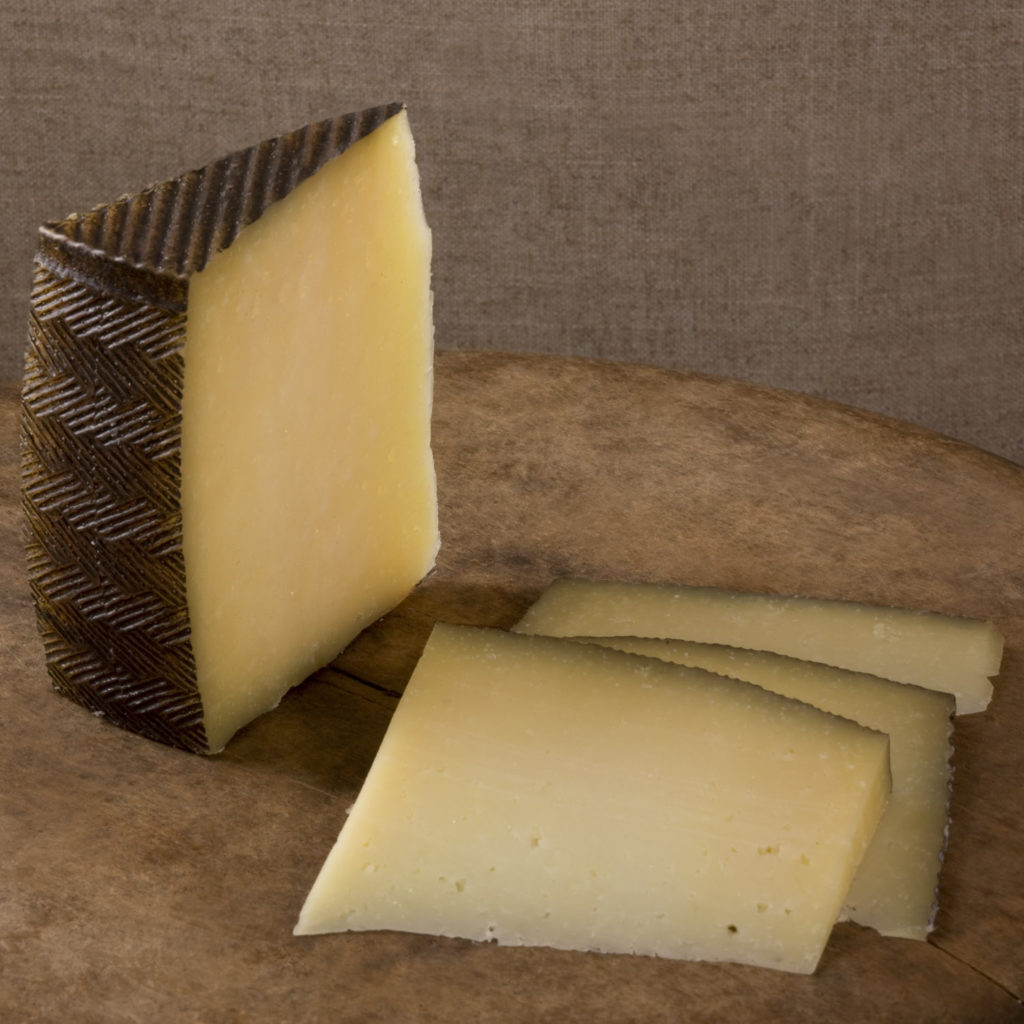
Sherry Oak 12 Years Old
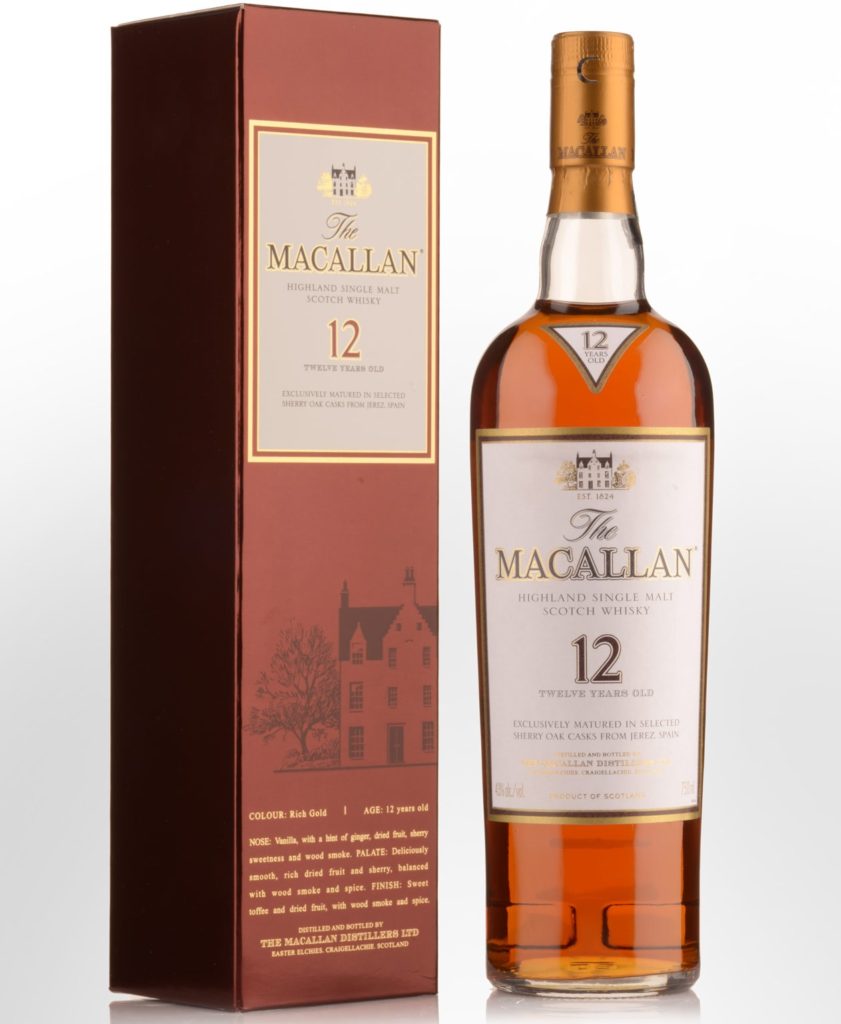
Nose: Vanilla with a hint of ginger and dried fruits
Taste: Smooth, rich dried fruits and sherry, balanced with wood smoke and spice
The Perfect Pair: An aged Alpine Gruyère, such as Murray’s Cave Aged Gruyère
Here’s why: Alpine cheese typically leads with hints of caramelized onion, roasted garlic, and sweet, nutty notes. These flavors pair particularly well with the mellow wood smoke and dried fruit notes in Sherry Oak 12 Years Old.
Also pairs well with:
– An American Alpine-style cheese, such as Jasper Hill Farm Alpha Tolman
– A Swiss Alpine-style cheese, such as Annelies or Challerhocker
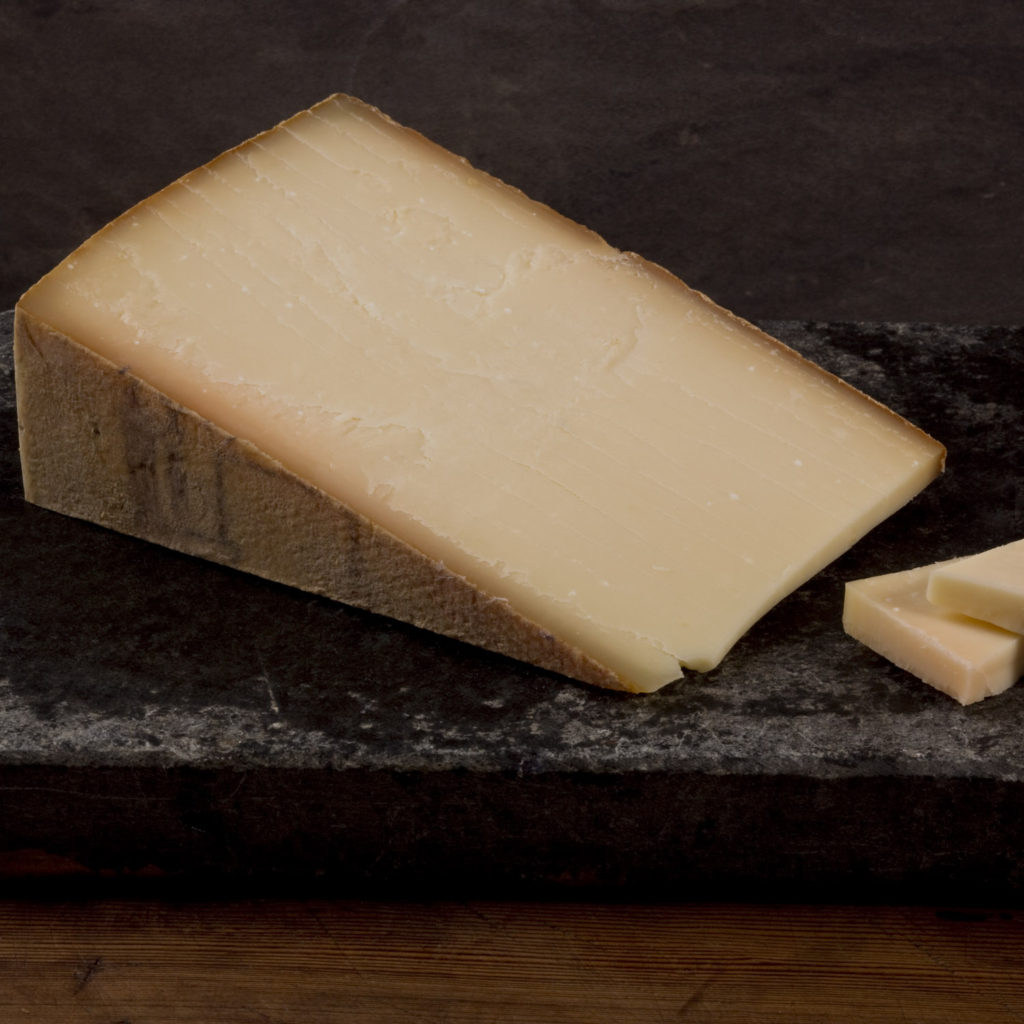
Triple Cask Matured 15 Years Old
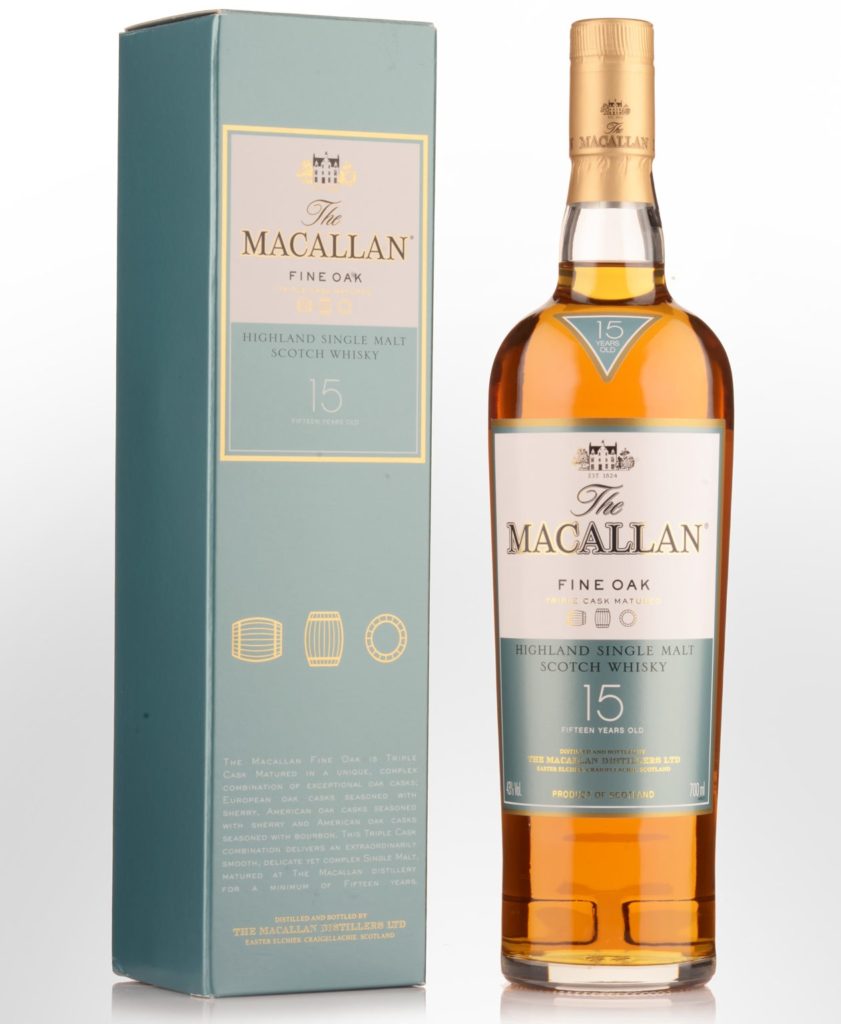
Nose: Full with hints of rose petal and cinnamon
Taste: Intense rich chocolate, notes of orange and raisin
The Perfect Pair: A mellow blue cheese, such as Castello Traditional Danish Blue
Here’s why: The salty, buttery flavors found in this blue cheese provide a refined contrast to the Triple Cask 15 Years Old’s floral and citrusy notes. It’s a perfect example of opposites attracting.
Also pairs well with:
– A Bavarian blue, such as Chiriboga Blue
– A buttery blue, such as Jasper Hill Farm Bayley Hazen Blue
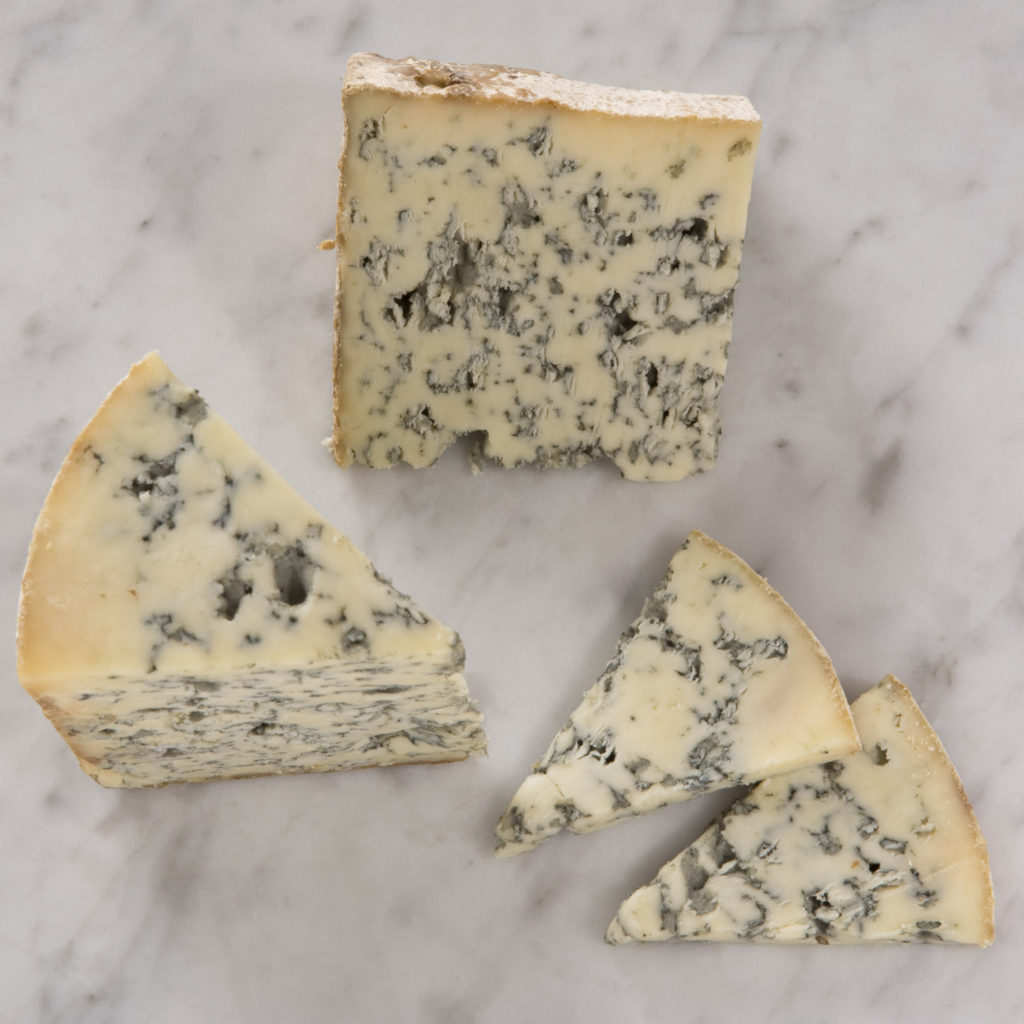
Rare Cask
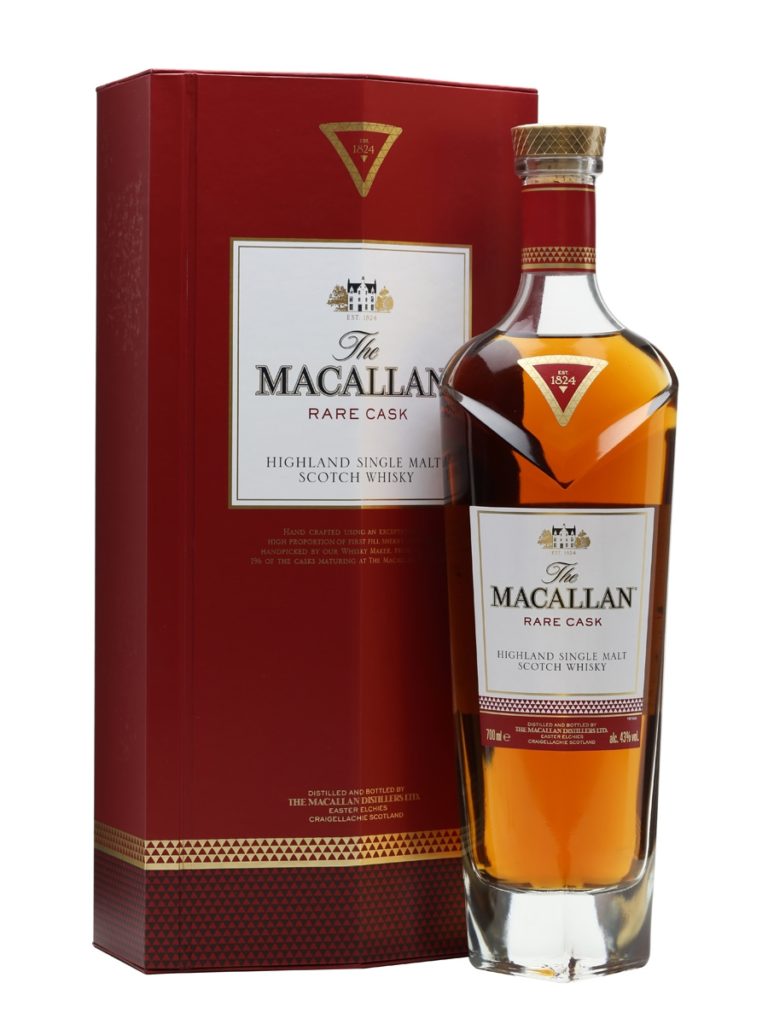
Nose: Vanilla, raisins, and chocolate, followed by citrus fruits and spices
Taste: Nutty spices, tempered by raisin and citrus
The Perfect Pair: A rich Camembert, such as Murray’s Camembert Fermier
Here’s why: This funky, bloomy-rinded cheese has sweet, floral notes that bring out the Rare Cask’s qualities of maple syrup and candied nuts. The vanilla and citrus in the Rare Cask also help to cut through the cheese’s richness.
Also pairs well with:
– A woodsy, creamy bloomy rind, such as Jasper Hill Farms Harbison
– A soft-ripened triple creme, such as buttery blue, such as Delice de Bourgogne

And just like that, you’re ready for a fine dram and its perfect partner in cheesy refinement. In terms of the best way to enjoy your Scotch: you’ll get the most out of it by sipping on it at room temperature either neat or with a drop or two of water. Ice will chill the spirit, locking up both its taste and its aroma. A tiny bit of water can act to release new properties in the whisky, but a little bit goes a long way. With stuff of this quality, its best to appreciate it in its purest form.
Slàinte mhath.


